Rules for choosing a voice recorder
Without detracting from the merits of modern multifunctional gadgets, it is worth noting that with a specific task highly specialized devices cope still better. For example, such a technique is a voice recorder. The device is simply necessary when attending lectures, seminars and interviews, to record creative ideas and observations. It is useful when conducting meetings and meetings, to learn languages, when it is impossible to write everything down and remember the necessary moments. Another area of application is control of communication between employees and customers. In order to choose a voice recorder correctly, first of all it is necessary to determine the goals of its use.
Content
Features of the device
Voice recorder is a small device that is designed for recording and further listening to the voice. The technique was developed in the twenties of the last century, but then these devices were very large and inconvenient. The devices contained no more than an hour of continuous conversation.
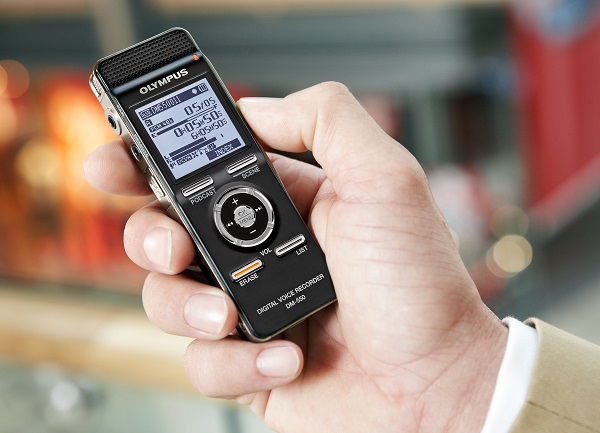
Progress does not stand still - media changed, and the voice recorder along with them. The device has become to have numerous functions, but you can not mention the convenience of the interface - today you can choose the best option in size and appearance.
Types of voice recorders
The equipment is presented in two types - analog and digital versions.
- In the first case, the record is kept on cassettes and magnetic tape. This type is subdivided into cassette and micro cassette devices. Already from the name it becomes clear that the size of the carrier influences the size of such a device.
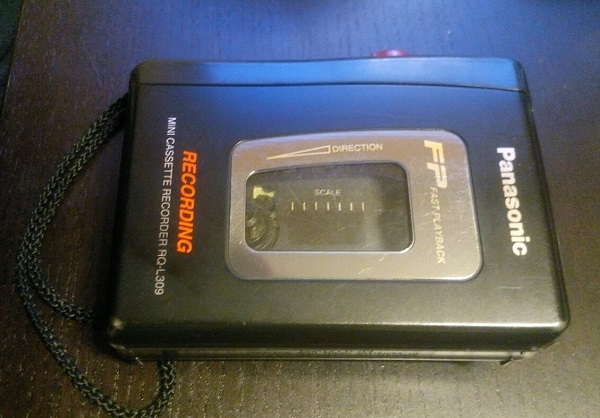
- In the second material is recorded to internal or external drive. Here, the manufacturer’s imagination is unlimited: some of the devices can fit in the body of a ballpoint pen and weigh only 50 grams.
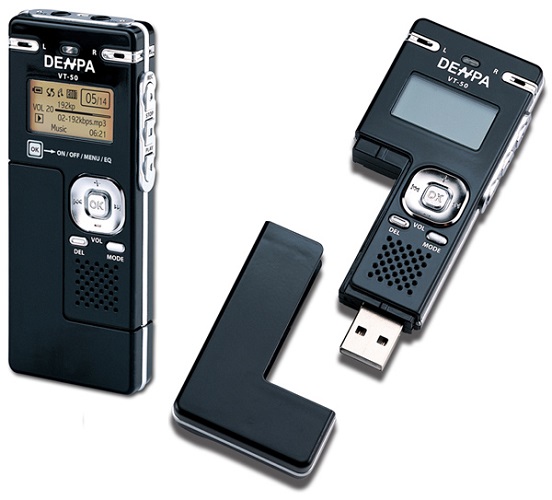
Despite the obvious superiority of the digital version, analog devices are still in demand: for example, it is better to provide this type of sound proof.. You can pick up a device with a good recording quality for up to about 1,000 rubles. If necessary, the cassette can be overwritten. However, here you should immediately prepare for such minuses:
- characteristic noise from the device;
- search for carriers (rare micro-and conventional cassettes);
- limited battery life.
If you need the versatility of work and clarity of sound, it is better to “fork out” to a digital model. The main difference of this apparatus is to work with nonvolatile data storage - memory chip. The invention of such devices has allowed to increase the operating time, save on the power source. The equipment is ready to hit its owner with other interesting "talents".

Actual characteristics for the digital voice recorder
Important criteria for the operation of such a device are the following indicators:
- sensitivity;
- working hours;
- the format of the recording.
Each of them deserves more detailed analysis.
Why is the recorder sensitive?
This parameter determines the distance from which the user will record the voice (for example, it is unlikely that you will be able to keep the recorder on the face of the lecture teacher). Usually this indicator is indicated in meters - it is on them that attention should be paid.
The maximum frequency for recording any sound reaches 44,000 Hz, but these numbers are needed only for professional recording of musical compositions. In the case of human speech, 4000 Hz will be enough, the minimum frequency will be 100 Hz, with a lower range it will be difficult to disassemble the record itself.
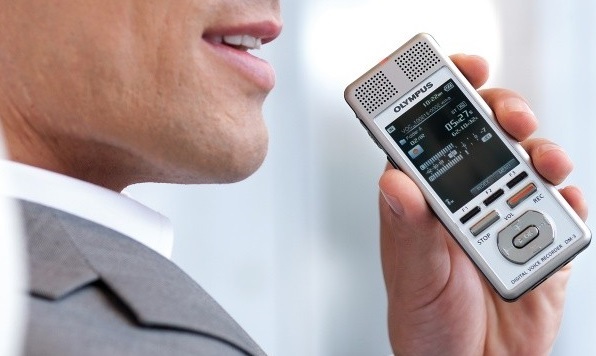
Today, there are models that allow adjust microphone sensitivity depending on conditions, for example, the remoteness of the object. If the presence of noise is not so critical, then the bit rate (the number of bits used to store one second of multimedia content) can be reduced. In the more expensive voice recorders, there is protection from extraneous noise, and in cheap versions, in addition to the very sound of the voice, you can also “enjoy” the background noise, even friction against the body, when the voice recorder is recorded from your pocket.
What to do if the quality of the listened is very important, and the work must be conducted at a distance? When buying a device for hidden recording (for example, for the Mystery Shopper marketing research) the best advice would be to make a trial version and listen to how it meets the user's needs.
Today, devices have appeared on the market that can pick up sound from 12 meters. Some decide to use them (especially in the case of a real miniature recorder) to listen to other people. Legally, it is allowed to do only special services - this circumstance should be remembered.
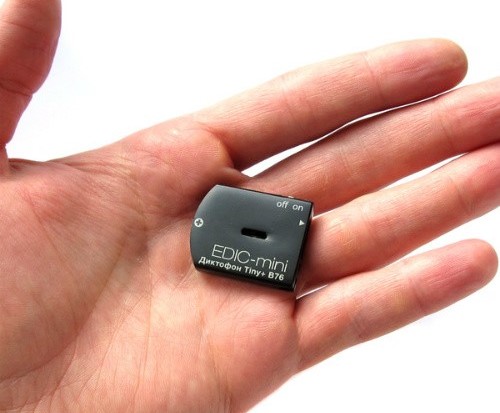
Mini dictaphone "Edic-mini Tiny + B76-150HQ"
Such babies can be a real find for the student as miniature audioparties, but in this case a corresponding microdynamics is also required.
Recording time
In fact, of course, it can hardly be called infinite. The decisive role is played by the type of media, which can be either built-in or it can be a removable media:
- flash cards have limitations in capacity;
- in the case of smart cards, the restriction is manifested in their type.
You should not panic in advance: the recording will take many hours and will be limited, first of all, by power sources. BUT portable memory cards also significantly increase the operating time of the device.
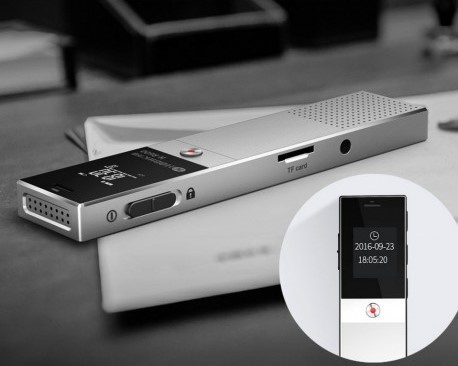
Dictaphone with memory card slot
The volume of carriers is measured in megabytes and gigabytes in the ratio "the more - the better." However, the crucial point here is the format of the recording produced. It is necessary to understand that manufacturers always indicate exactly the lower threshold of the bitrate in recording modes - this means that the promised 128 hours of continuous work will take place at 8 kbit / s, which more closely resembles interference reproduced by the radio.
And the actual operating time of the device itself will depend directly on the capacity of its battery, as well as on the power consumption. This value is recorded in the data sheet: for example, with a power consumption of 0.2 W and a specified battery capacity of 1200 mA / h, the voice recorder will actually work for 6 hours.
One good recommendation is useful for users - use both the amount of flash memory at the same time, and the SD card as an add-on.
Usually 2-4 GB is enough for a standard job.However, if you plan to process large amounts of memory, then the storage capacity should be at least 16 GB.
Such an important format
Voice recorder can record sound in a variety of formats. The most common ones are the following.
- MP3 is great both in terms of occupied memory, and in terms of the quality of the work done. This format able to read every player - it means that there will be no problems with playback either. However, according to experts, this format is not able to convey all the sound nuances, although, on the other hand, such super-quality is not necessary for the ordinary human ear.
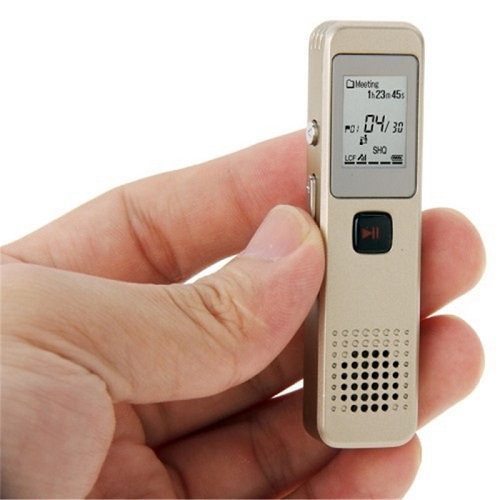
- The WMA format was published in due time by the Microsoft company. The sound quality in it is much higher than the previous version, however, in this case you will need more memory.
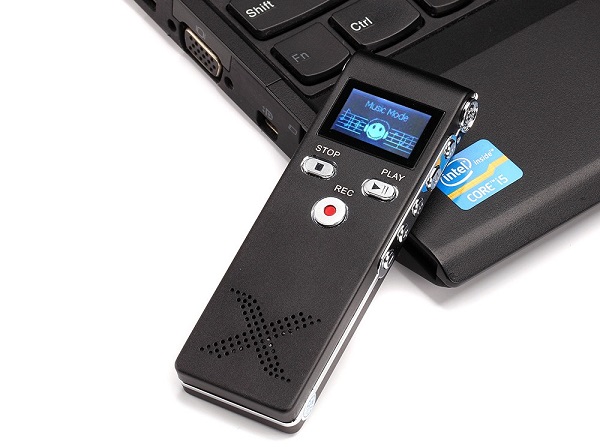
- DSS is a modern format that combines high quality and level of compression. He is considered perfect suitable for interviewing. But you should immediately prepare for the fact that not every player will be able to read this format, which means that you will have to either install additional software or resort to conversion.
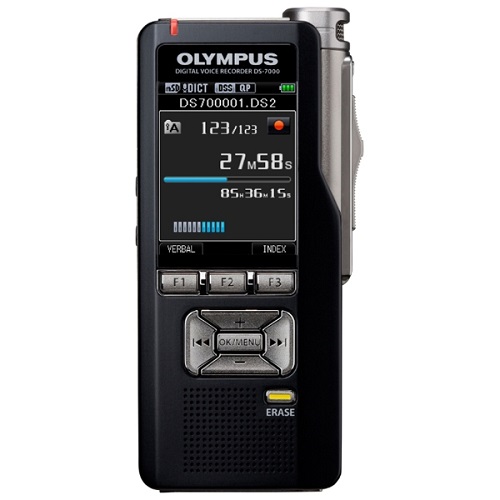
- When working with PCM on the issue is excellent quality without compression.
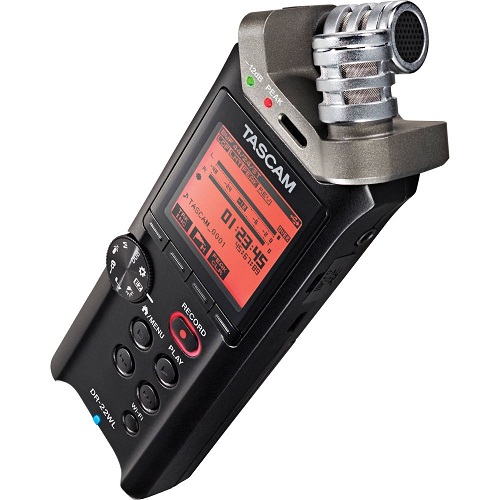
It is worth encouraging future users: most often in the presence of DSS, ACT and PCM formats, the manufacturer provides the required programs.
Additional features
One of the interesting features of the device - voice activation. This allows the recorder to automatically stop recording when silence sets in and turn it on when the conversation resumes. However, it is necessary to prepare for the fact that the activation will not turn on immediately, but in a few seconds: this can lead to the loss of the first words. Usually, devices with such capabilities have an activation threshold adjustment: the user sets a certain noise value, which the voice recorder will recognize as silence (you can set a threshold from real silence to street noise).
Useful modes
Among them are special, like "street", "interview", noise reduction. They are used to record voices in noisy and crowded places. The principle of operation is as follows: when such modes are turned on (and each manufacturer has their own name), everything that does not resemble a voice is cut off.Of course, this also has an effect on the final result, which becomes a bit “poorer”, but at the same time everything that is interfering with the quality reproduction disappears.
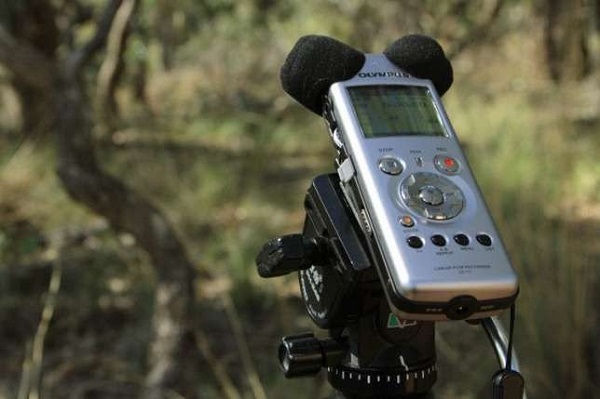
The presence of an external microphone
This function is useful if the voice recorder is far from the recorded source. It is very important to know the direction of the recording, then its quality will exceed the best expectations.
In the presence of external microphone, it will be enough to connect it to the device, put a voice recorder in your pocket, fasten a buttonhole and record yourself. It also frees your hands for more important actions.
Automatic gain control
For such a need was created AGC, which independently adjusts the microphone under the output signal. It works like this: with loud voices, the sound is slightly muffled, and if a person starts speaking softly, the level of perception rises. Such a function is useful, for example, at press conferenceswhen several sources speak, and each is removed to a varying degree from the dictaphone standing on the table.
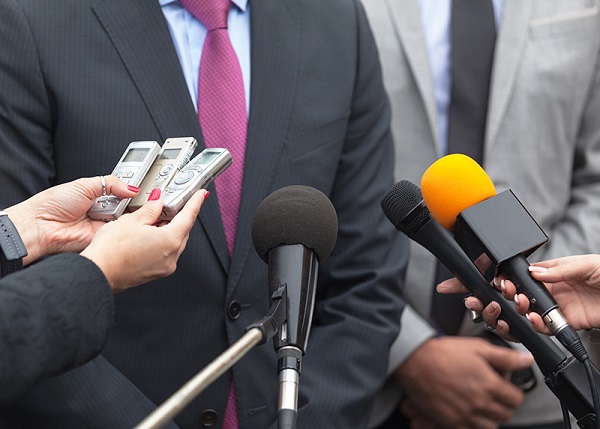
Setting the frequency range
Regular voice recorders support the frequency range from 300 to 3000 hertz. To record a simple speech this is more than enough.Another thing is that there are devices designed to record music. Here they not only expand the range to current values, but also use special external external microphones.
Mono or stereo
The ability to stereo is useful when the recording disputes. But in this case it is worth preparing for observance of such conditions:
- the need to connect an external microphone;
- reduced disk space.
Other interesting features
The recorder may have one or more of the following parameters.
- Built-in tuner to listen to the radio. Very useful in cases where you need to record from the radio.
- Acceleration of wiretapping mode allows you to find the right place on the record. As a matter of fact, this is just a quick rewind, which allows you to listen to the recorded in fast mode (some models will not even change the voice timbre in this case).
- To record telephone conversationsYou will need a special adapter that connects to a landline phone.
- User reviews praise the models with user-friendly interface, especially for folder organization. This will allow you to make not chaotic, but focused notes from each meeting or lecture. This also includes the convenience of management.
- Sometimes it can be useful and write limit - This feature will make recording more concise.
- Opportunity Usb in greatly simplify working with a computer or laptop, saving time transferring the necessary files from a portable device.
Current recommendations
If frequent use of a dictaphone is planned, then it is worth preparing in advance.
- Would be useful dual battery pack, even if the equipment promises to work 24 hours. The required capacity can be determined by the parameters of the voice recorder.
- Today a large number is sold. mobile batteries different capacity. "Powerbank" mobile and perfectly complement the standard charger on any business trip.
- Will come in handy and headphones - if they are not provided in the kit, it is better to purchase them additionally.
With the right choice, the recorder can be a great helper for work and study. Many of the latest software developments can even convert sounds into printed characters: for example, Voice Notes allows you to do this without installation, right in the browser window. That is why before buying a device you need to carefully analyze your needs - this will help you choose the really best option.

/rating_on.png)











